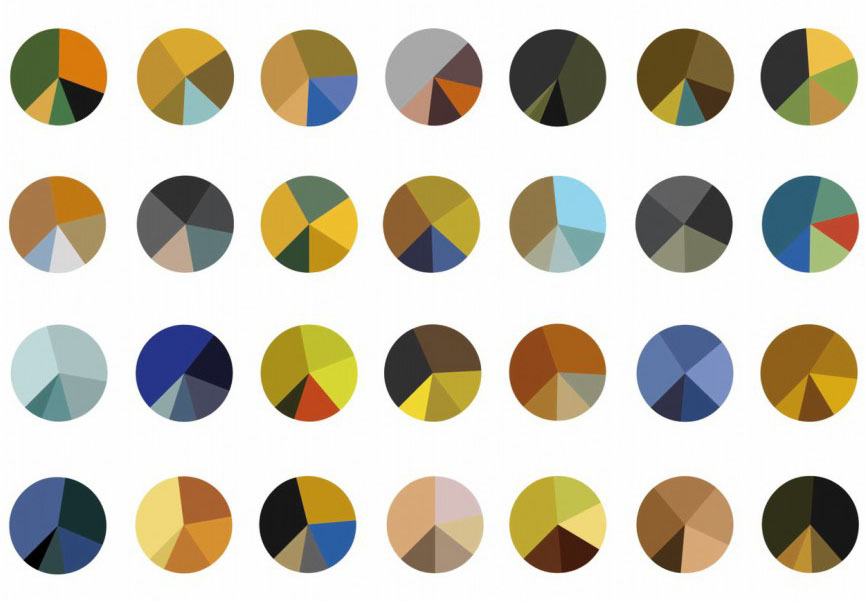Closing Remarks

"I haven't got it yet, but I'm hunting it and fighting for it, I want something serious, something fresh—something with soul in it! Onward, onward."
-Vincent van Gogh to Theo van Gogh, January 3, 1883.
Finding our Palette
The intent of our last three Lessons on the 3Ps–Planet, People, and most recently, Profit–is not just to lay the foundations of our understanding of sustainability as it is practiced today, but to get a feel for just a fraction of what our "palette" might look like. Not that we are necessarily even sketching at this point, but we are beginning to immerse ourselves in what is available to us in creating sustainability-driven innovation. By looking at the underpinnings as well as some leaders in each realm, we may begin to see how others have used their palettes and the deliberate selections they have made in creating their works. As we have seen, each organization will have various strengths, competencies, and economic moats, all of which may be leveraged in creating innovation works which are sustainable, defensible, and ownable for the brand.
In understanding Profit, we understand one of the essential components of any innovation we seek to create in the sustainable space. Realistically, if we seek to create businesses and opportunities from these innovations, Profit, or more appropriately, the potential pathways to profit, will be of significant concern. Even for NGOs and non-profits, it is undeniable that the revenue must be there to be able to do further good works, whatever they may be. In our own thoughts and in discussions with others, we must remember that for sustainability to be truly sustainable, there must be profit. Whether a specific initiative or a sustainability program as a whole, the profit or value must be evident. Otherwise, that initiative or program is living on charity and borrowed time.
Adding Depth and Theory to our Work
My hope is that as we progress through our time together, you will begin to find your voice and your philosophies and begin to refine your approaches to both innovation and sustainability. I have personally known innovators of all types:
- the extremely deliberate, experiment-driven engineer
- the brilliant and emotional artist
- the impatient and anti-authoritarian rogue
- the precise and organized project manager
- the identifier (and funder) of innovation in others
...and they are all equally effective in their own ways. What you may find is that you may work one way in your daily work, but when you engage in innovation and emergent work, you tend to take a different approach. Great, go with it, and I hope that we will see that approach and flair–whatever it may be–in your writings and discussion.
While we have spent the course thus far primarily immersing ourselves in the "colors" of sustainability, the close of this Lesson marks not necessarily a transition as much as the addition of another dimension of our work: theory and analysis. We will begin to not just discuss current and emerging trends, but to dissect innovations and break them into their component parts so that we may understand them more deeply. Specifically, in the next Lesson, we will examine the available tools for finding opportunities in sustainability, in essence, identifying clusters of interest.
If you're wondering about the lead image on this page, it represents the percentage of colors van Gogh used in his 28 most famous works. You may see a bias toward his trademark rich yellows, golds and browns, but in the act of abstracting color and taking a more critical approach, we see he also used quite a bit of varied color in his pieces.
This lies at the core of what we will be doing next, going beyond admiring the works and into understanding how they are created and composed.